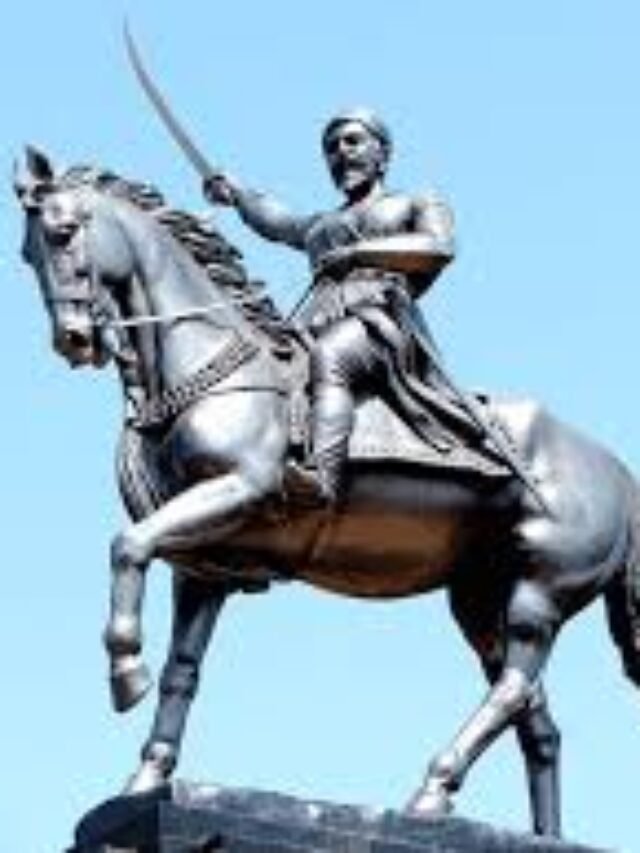Introduction of Legal Aid cases in India: – Legal Aid is an essential element of the Indian judicial system. Legal Aid provides free legal services in court proceedings to those who cannot afford a lawyer or to all members of society’s weaker sections. Justice and fairness for all citizens is legal aid’s main objective.
Legal Aid is essential in India for the improvement of the weaker sections of society. People who are poor or in need can hire a lawyer. Legal aid’s main goals are to deliver justice, the successful implementation of social assistance, and the abolition of social & essential oppression of the Poor.
Under Indian constitution
The Indian Constitution’s Article 39A mandates that the State make sure that the administration of the judicial process promotes justice based on the fundamental principle of equal opportunity. The State must, in particular, make sure that all citizens have access to free legal aid through relevant legislation, programs, or other guidelines to ensure that no citizen is deprived of the opportunity to pursue justice due to a financial or other disability. The State must guarantee equality before the law and a legal system that advances justice on the basis of equal opportunity for all under Articles 14 & 22(1) as well.
After independence, there was a very high percentage of poverty in India. In India at the time, very few people could actually afford legal representation. In addition to poverty, another factor in why some people do not receive the same legal aid is illiteracy.
But as people started to become more educated. They grew financially successful and hired lawyers to provide legal assistance, but in the meantime, some people fell into poverty and were left without the means to pay for legal representation. As a result, they were compelled to endure injustice.
In order to determine the functioning of legal aid in India and to provide recommendations, a number of committees were established. The committees offered the Indian government a number of models.
nation’s legal aid programs
The following committees have been established to examine the nation’s legal aid programs:
Justice P N Bhagwati Committee
Under Justice P N Bhagwati’s leadership, the P N Bhagwati Committee was established. According to the report, in order to balance out the disparity between the rich and the poor, an efficient legal aid system is required.
Justice Krishna Iyer Committee Report
Another committee, headed by Justice Krishna Iyer, was responsible for identifying those who required legal assistance and setting up the distribution of that assistance to the general public.
Committee for the Implementation of Legal Aid Programs
Identification of those in need of legal assistance and the organization of its provision to the general public fell under the purview of another committee, led by Justice Krishna Iyer.
To provide legal assistance, the central government passed the Legal Service Authority Act, of 1987. In addition, the purpose of this legislation was to formalize legal aid by establishing a legal framework. In accordance with the 1994 Amendment Act, the Act became effective on November 9, 1995. On December 5th, 1995, NLSA (the National Legal Services Authority) was established. The National Legal Services Authority’s primary intention was to develop legal service plans that were both efficient and cost-effective.
A hierarchy of bodies
According to The Legal Service Authority Act of 1987, a hierarchy of bodies was established.
The National Legal Services Authority (NLSA)
The State Legal Services Authority(SALSA)
District Legal Services Authority (DLSA)
To establish Lok Adalats for the peaceful resolution of Conflicts and disputes and to offer free legal services to society’s most vulnerable groups, NALSA was established in accordance with the Legal Services Authorities Act of 1987.
To carry out NALSA policy initiatives and guidelines, provide citizens free legal aid, and oversee Lok Adalats in the State, each state has established SLSA. The State Legal Services Authority is supervised by and is represented by the Chief Justice of the relevant High Court.
DLSA has been established in each District to implement the District’s legal services initiatives. Every district has a DLSA that is established in the district court complex and is presided over by the district court judge of the respective district.
Case laws
In Sheela Barse vs. Union of Indian
It was decided that providing legal representation to a poor suspect who has been taken into custody and is in danger of losing his life or his freedom is a constitutional obligation mandated not only by Art. 39-A but also by articles 21 &14.
Art. 21 states unequivocally that everyone has an equal right to life & liberty, except as provided by law.
In the case of Hussainara Khatoon v. Union of India, it was decided that the state must provide free legal aid to an accused person if he or she cannot afford to engage counsel.
In Sukhdas vs. Union Territory of Arunachal Pradesh
It was also decided that any conviction obtained as a result of a suspect’s trial would be subject to being overturned if the suspect was not properly informed of his rights and continued to be unrepresented by an advocate. Similarly, Article 14 discusses equality before the law.
The courts must provide legal representation at government expense to an accused who lacks the means and finances to engage an attorney, according to Sec. 304 of the Criminal Procedure Code. There can be no fair equality in criminal proceedings unless the accused gets a fair trial as well as professional assistance in defending himself against the criminal charge.
Conclusion of the Legal Aid Cases in India
Legal aid refers to free legal services that focus on improving people’s lives. In India, Numerous initiatives have been formed in this direction, such as the creation of Lok Adalats. As per numerous articles of the Indian constitution, an accused has the right to seek legal aid if he cannot afford it.
Frequently Asked Questions
Q. What exactly is legal aid in India?
Ans. In any judicial proceeding before a court, tribunal, or other authority, legal aid may be interpreted to mean providing poor people with free legal representation. In order to help the poor people who are unable to uphold their legal rights, it intends to offer free legal assistance.
Q. What is its significance?
Ans. The basic ideology of legal aid is to ensure equal justice for all, particularly the poor so that no one is denied equal legal rights or denied access to the courts merely because of poverty, lack of education, or other impairments.
Q. What categories of cases don’t qualify for legal aid?
Ans. In instances where no legal aid is available cases of perjury, malicious prosecution, contempt of court, defamation, etc

























